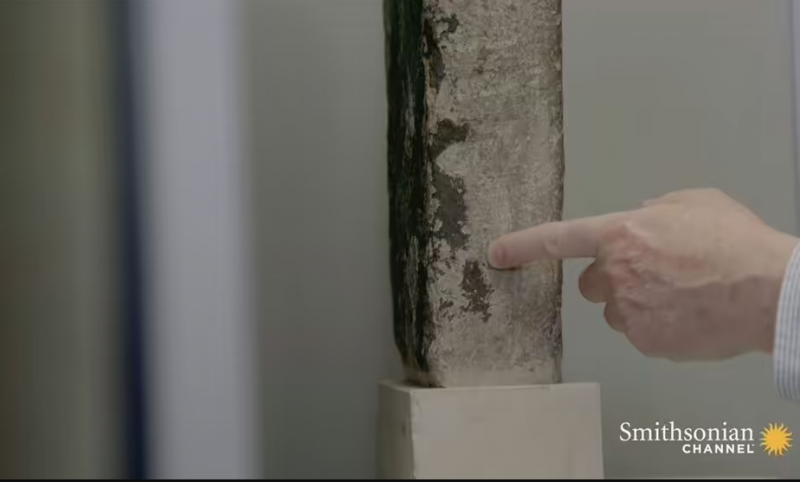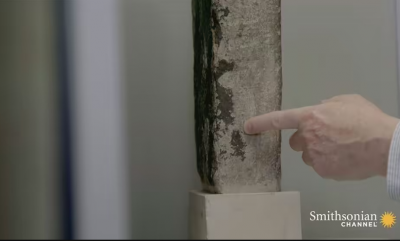Archaeologists have discovered evidence of ancient bricks made of bitumen, dating back to the biblical era, which may indicate the existence of the Tower of Babel. The British newspaper "Express" reported on mysterious accounts of the tower's construction in the land of Shinar, known as Babylon, following the great flood, in what is now Iraq. The report indicated that historians do not definitively confirm whether the tower existed or if it is merely symbolic, as no traces of it have been found anywhere.
Despite this situation, the report states that countless researchers have attempted to prove the existence of the Tower of Babel, with a set of artifacts discovered in the previously proposed location of Babylon and its surroundings aiding these studies. The report clarified that one of these artifacts has particularly piqued scientists' interest, as some "building materials" described as "unusual" were discovered on a brick believed to have originated during the time the tower was constructed. Further examination revealed that the brick was used under the orders of King Nebuchadnezzar II, who researchers believe commissioned the construction of the Tower of Babel.
The report reminded that Nebuchadnezzar decided in 586 BC to dominate known lands and began attempting to seize the city of Jerusalem, capturing many skilled workers and educated individuals, whom he brought back to Babylon to forcefully construct a grand city for himself. It highlighted that exploring the arduous journey of these captives and their existence in Babylon could unveil the location of the tower, an exploration featured in the documentary "Unlocked Secrets: The Tower of Babel."
The report continued that some experts, like Dr. Irving Finkel from the British Museum, believe these captives were forced to build the Tower of Babel, but they began to view it as a symbol of their oppression. According to the documentary, there is "compelling evidence in the narrative supporting the theory that Jewish slaves witnessed the construction of the tower during their captivity."
The report noted that the discovery of original Babylonian bricks seems to reinforce this theory, detailing remnants uncovered during excavations. The documentary states that these artifacts bear "traces of unusual building materials from that era: pitch, ancient tar, and mortar." Further, archaeologists know that Nebuchadnezzar ordered the brick's production because his name is stamped on it, adding that this discovery was seen as the crown jewel. However, once researchers sent the brick for analysis, they were astonished by the results.
The report quoted Dr. Finkel stating that "Genesis literally talks about them using brick instead of stone and pitch," adding that what is "available to us is one brick, and its tar fits perfectly with this specific context. There can be no doubt that the impetus for the story and narrative must have crystallized during their exile in Babylon." It mentioned that researchers believe it may indeed prove that the tower was real, and its existence was documented by "desperate exiled inhabitants captured by a merciless king."




